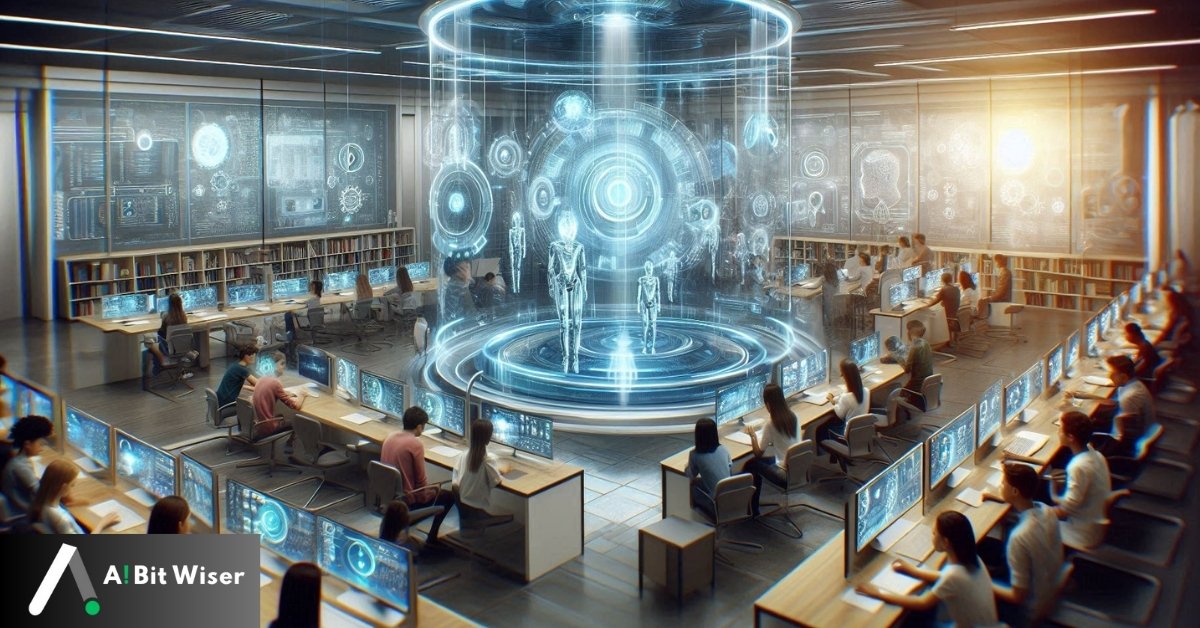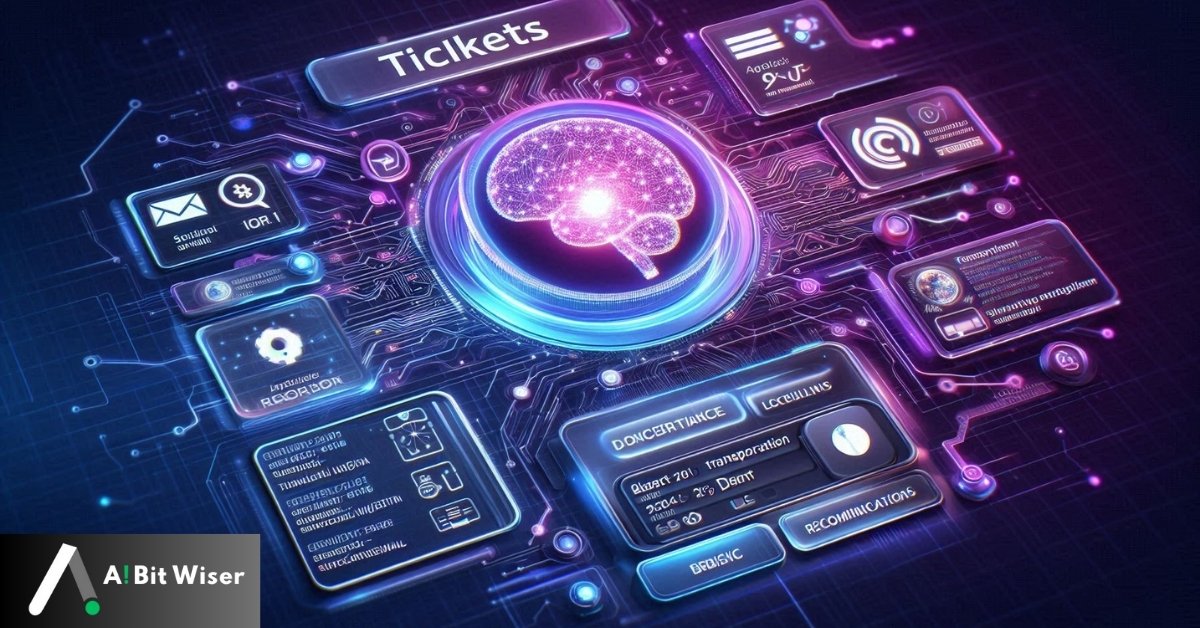Which AI Tool Creates the Most Realistic Pets? 3 Must Known Tools
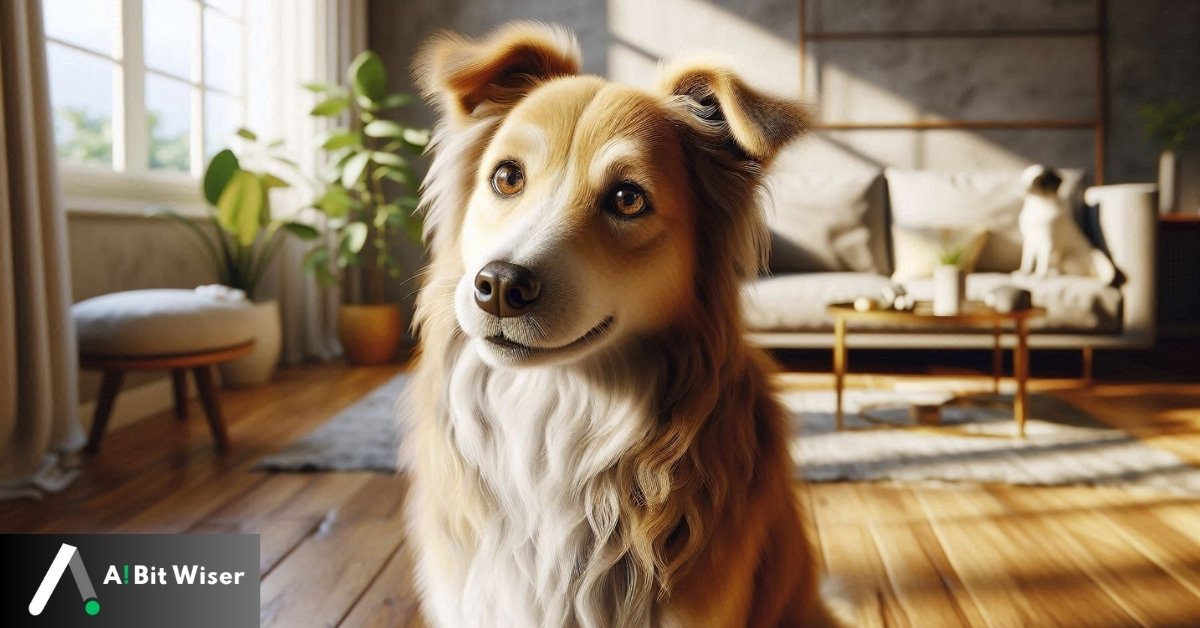
Which AI Tool Creates the Most Realistic Pets? The creation of lifelike pets is only one of the many uses for artificial intelligence that are growing as technology advances, providing fantastic prospects for pet lovers, artists, and even gamers. Artificial intelligence (AI) techniques have completely changed the way we see and interact with virtual pets. They may be used to create convincing digital art or even create virtual companions that behave like actual animals.
But which AI technology actually produces the most lifelike pets, given the plethora of options? The top AI tools for creating lifelike pets will be thoroughly examined in this blog post, along with their advantages and disadvantages.
Table of Contents
The Importance of Realism in AI-Generated Pets
Why Realism Matters
A number of factors make realism essential. An AI-generated pet can be used for art, gaming character creation, or the development of therapeutic tools; the more like reality the pet simulates, the more engaging and productive the experience will be. For mental health purposes, for example, a realistic virtual pet might provide emotional support equivalent to that of a real animal. In a similar vein, a really lifelike pet in a game might improve the player’s immersion and sense of belonging.
Applications of Realistic AI Pets
Realistic AI pets have broad applications across various fields:
- Virtual Reality (VR) and Augmented Reality (AR): Consumers can engage with lifelike animals in immersive situations via virtual reality (VR) and augmented reality (AR).
- Mental Health Therapy: For the sake of those who are lonely, anxious, or depressed, simulated animals offer company and psychological encouragement.
- Digital Art and Animation: With the aid of these technologies, artists and animators may produce incredibly lifelike animal representations for movies, commercials, and individual projects.
- Gaming: Gaming: Producers build lovable, realistic animal characters to improve the enjoyment of gaming.
Key Features of AI Tools for Creating Realistic Pets
Advanced AI Algorithms
The underlying algorithms play a major role in the realism of AI-generated pets. Deep learning and Generative Adversarial Networks (GANs) are two important advanced AI models. These improvements in technology enable artificial intelligence (AI) to understand and duplicate the minute features of actual animals, such as fur characteristics and how they look, guaranteeing that the finished result is as authentic as possible.
Detail and Texture Accuracy
To create realistic pets, precise anatomical features and high-resolution textures are essential. The AI has to accurately replicate the hair, skin, and eyes of the animal, preserving the nuances that give a pet a realistic appearance. That includes the way its fur reflects light, an arrangement of symbols, and even the inherent flaws that contribute to the individual appearance of each animal.
Behavioral Realism
Behavioral realism is crucial, even above and beyond visual fidelity. Pets created by the AI must behave, move, and react much like their real-world counterparts. This includes the tail-wagging, purring, and head-tilting motions of dogs, cats, and birds. The user’s experience is further enhanced by behavioral realism, which guarantees that the pet seems alive.
Customization Options
Creating a lifelike pet that fulfills the user’s vision requires customization. The greatest AI solutions include a variety of customization choices, letting users change the pet’s personality qualities in addition to choosing different breeds, sizes, and colors. This adaptability is essential for making the experience unique and making sure the pet lives up to the user’s expectations.
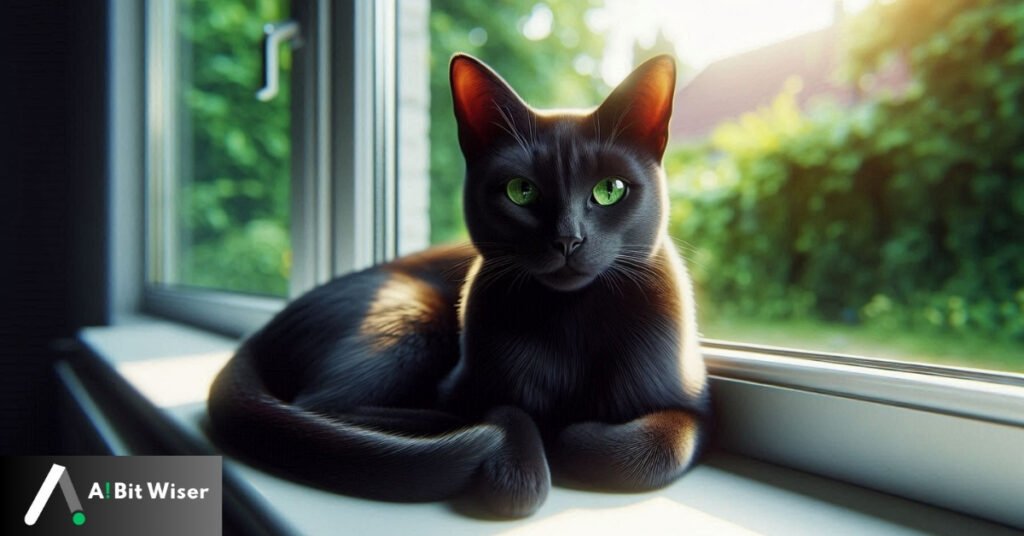
Top AI Tools for Creating Realistic Pets
1. Artbreeder
- Overview: By combining various elements, users of the collaborative AI application Artbreeder may create and modify pictures, including lifelike pets. It creates realistic, high-quality photos using GANs.
- Key Features: You may easily customize aspects like fur color, eye shape, and more with Artbreeder’s user-friendly interface, which includes sliders. Additionally, it allows for crossbreeding, allowing users to combine features from other animals.
- Strengths: Exceptionally adaptable and able to generate incredibly lifelike visuals.
- Limitations: Does not have sophisticated behavioral models; concentrates more on visual creativity.
2. GANPaint Studio
- Overview: GANPaint Studio creates remarkably realistic, highly detailed pictures using GANs. It’s not only for creating pets, though; it does a great job at creating realistic animal photos.
- Key Features: Professional artists and designers will find this tool excellent since it enables for exact modifications and high-resolution outputs.
- Strengths: Exceptionally accurate texture and detail, especially for face features and fur.
- Limitations: Does not permit behavioral simulations or customisation; limited to picture production.
3. PetAI
- Overview: PetAI was created expressly to create virtual animals that behave and appear like actual animals. To replicate realistic motions and behaviors, it combines motion capture data with deep learning.
- Key Features: Provides behavioral and visual realism, and provides a wide range of customization choices to allow users to create pets that precisely suit their preferences.
- Strengths: It is perfect for interactive situations because it combines behavioral correctness with visual realism.
- Limitations: More oriented toward interactive and gaming applications than it is at artistic production.
Comparison of Tools
Each tool excels in different areas:
- For incredibly beautiful and very customizable pet photos, Artbreeder is the greatest.
- GANPaint Studio is ideal for artists looking for lifelike effects because of its unparalleled precision and texture accuracy.
- With its combination of behavioral and visual realism, PetAI provides the most comprehensive experience, which makes it perfect for interactive applications like VR, AR, and gaming.
User Experiences and Feedback
Case Studies
- Artistic Creation: Using Artbreeder, an artist blended qualities from several breeds to get a distinctive yet lifelike appearance for a series of personalized pet photos. The output was utilized to demonstrate the tool’s capacity to create realistic, high-quality photos at a digital art exhibition.
- Gaming Development: A VR game where players may adopt and interact with virtual pets was enhanced by a game developer using PetAI. Positive user comments indicated that the lifelike activities of the pets—such as fetching and obeying commands—brought depth to the game experience.
- Therapeutic Applications: Using PetAI, a mental health expert was able to provide patients with a virtual therapy dog. The dog’s lifelike features and actions contributed to its ability to offer solace and company, highlighting the tool’s potential in therapeutic contexts.
User Testimonials
- “With Artbreeder, I was able to produce the most realistic pet pictures I’ve ever done. The degree of customization options and amount of detail were outstanding.” – Artist Digital
- “My virtual pet came to life thanks to PetAI in ways I never would have imagined. It behaves and moves exactly like a real dog!” — VR Programmer
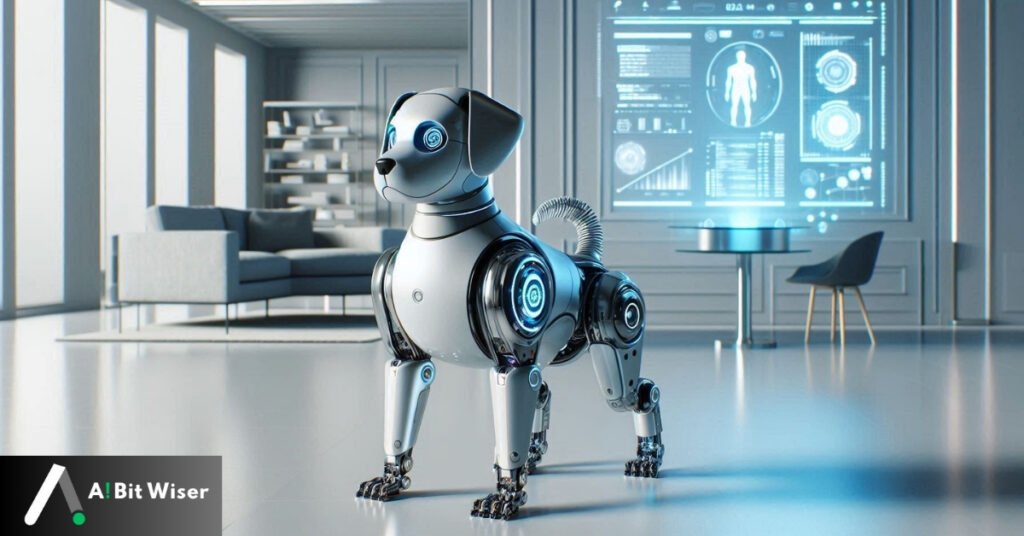
Pros and Cons of Using AI for Realistic Pet Creation
Advantages
- Accessibility: Anyone can easily build lifelike pets without extensive creative abilities thanks to AI technologies.
- Creativity: With the help of these tools, users can experiment with countless options for breeding new breeds of animals or developing whole new pets.
- Cost-Effective: Using AI techniques to create lifelike pets is less expensive than employing a professional animator or artist.
Challenges
- Ethical Concerns: The moral ramifications of producing lifelike virtual pets are still being discussed, especially in light of their potential application in therapeutic contexts.
- Uncanny Valley Effect: Some AI-generated pets may experience discomfort from users due to the “uncanny valley,” a phenomenon in which they look almost but not quite genuine.
- Technology Limitations: Despite tremendous advancements, AI is still unable to accurately mimic the intricacy of live animals, especially when it comes to subtle behavioral differences.
Future Trends in AI-Generated Realistic Pets
Advancements in AI Technology
AI-generated pets have a bright future ahead of them because to continued advancements in AI algorithms that will improve behavioral and visual realism. More advanced models that more accurately capture the minute characteristics of actual animals, such as their emotional and cognitive responses, are being developed by researchers.
Integration with Other Technologies
The simultaneous use of AR, VR, and the metaverse is expected in order to render AI-generated pets increasingly lifelike. The boundaries between both the real and the virtual worlds will become increasingly hazy as a result of these technologies which will enable users to engage with their virtual pets in more realistic and engaging ways.
Conclusion
With amazing realism in both visual and behavioral elements, AI techniques for producing lifelike pets have opened up a new world of possibilities. These technologies provide strong ways to make your ideas come to life, regardless of whether you’re an artist, game developer, or just a pet lover. Among the best options, PetAI gives the most complete experience by fusing behavioral and visual realism, GANPaint Studio delivers unparalleled detail, and Artbreeder excels at visual customization.
Final Recommendations
Artbreeder is the best option if your main goal is to produce aesthetically attractive and editable pet photos. GANPaint Studio is the best option for anyone seeking the utmost precision and detail. But PetAI is your best option if you require a comprehensive tool that also mimics realistic behavior.
Call to Action
Are you set to make your own imaginary animal? Check out these AI tools now to discover how realistic your virtual friends may be! Remember to leave your comments below about your experiences and inventions.
FAQs: Which AI Tool Creates the Most Realistic Pets
What is the best AI generator for pets?
The ideal AI generator for pets will vary based on your requirements. Artbreeder is a great option if you’re searching for a program that produces incredibly customisable and gorgeous pet photos. GANPaint Studio is suggested for individuals who are interested in precise and in-depth pet depictions. PetAI is your greatest bet if you’re looking for a technology that can also replicate genuine pet behaviors.
What is the most realistic AI generator?
PetAI is the most lifelike AI generator, especially when it comes to making realistic-looking pets. It is perfect for developing pets that not only seem natural but also behave like actual animals since it blends behavioral and visual realism. GANPaint Studio’s remarkable realism in texture and detail is another reason for its great acclaim.
Can AI be used on dogs?
Yes, AI can be used in various ways related to dogs. AI tools can create digital representations of dogs, simulate dog behaviors, and even assist in real-world applications like monitoring a dog’s health or training. AI can analyze dog behavior, recognize different breeds, and provide recommendations for care and training.
Will AI replace pets?
Indeed, there are a lot of dog-related applications for AI. Artificial intelligence (AI) techniques may be used to imitate canine behavior, make digital images of dogs, and even help with practical tasks like training or health monitoring for dogs. AI is capable of analyzing canine behavior, identifying various breeds, and making care and training recommendations.
Is AI safe for dogs?
Since genuine animals offer an incomparable emotional link and affection, artificial intelligence is unlikely to replace actual pets. AI-generated dogs, however, can provide an extra experience, particularly for people who might not be able to care for a real pet because of allergies, housing arrangements, or other factors. In some circumstances, AI pets can also be therapeutic.














